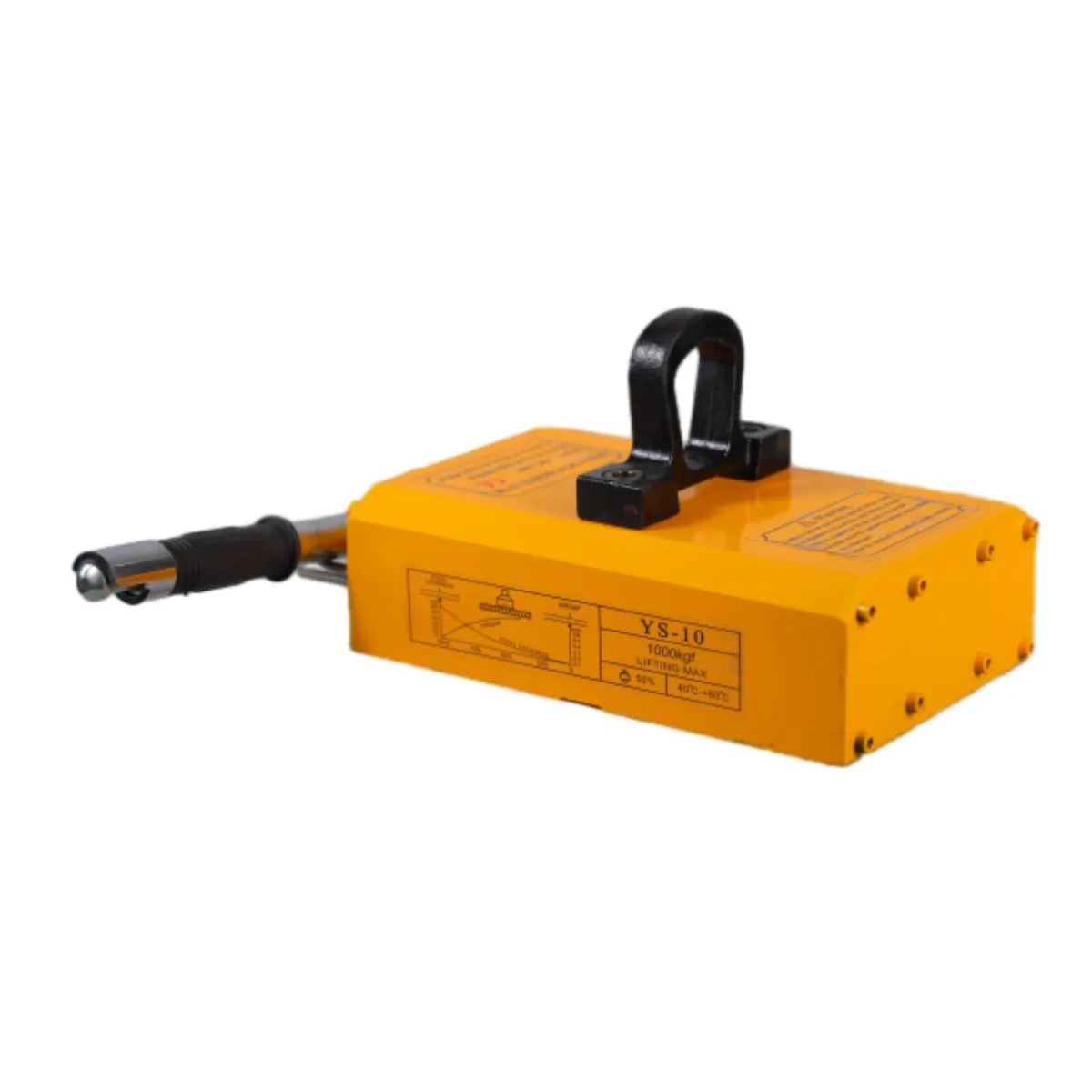Efficient Transportation Solutions for Heavy Equipment and Machinery Moving
Machine Hauling Transforming Transportation in Heavy Industries
Machine hauling refers to the movement of heavy machinery and equipment from one location to another, often involving specialized techniques and vehicles designed for such tasks. This sector plays a crucial role in various industries, including construction, mining, agriculture, and logistics. With the increasing complexity of operations and demand for efficiency, machine hauling has evolved significantly, integrating technology and innovative practices to meet contemporary challenges.
The Importance of Machine Hauling
In industrial settings, the ability to transport heavy machinery swiftly and safely is paramount. Equipment such as excavators, bulldozers, and cranes are essential for various operations, yet they often need to change locations frequently. For instance, in construction sites, building projects might require moving large machines from one site to another quickly, to maximize productivity and meet deadlines. Efficient machine hauling not only ensures that operations continue smoothly but also minimizes downtime, making it an indispensable part of project management.
Moreover, in mining operations, heavy machinery is integral to extracting minerals and materials from the earth. The logistics of transporting these machines to often remote and rugged locations require specialized hauling strategies. Here, the emphasis is on safety and compliance with regulatory standards, as the transportation process can involve significant risks.
Techniques and Equipment in Machine Hauling
The process of machine hauling can be intricate, involving a variety of methodologies and vehicles designed for specific tasks. Flatbed trucks, lowboy trailers, and multi-axle transporters are commonly used to move heavy equipment. Each of these vehicles is engineered to accommodate different types of machines while ensuring stability and safety during transit.
Lowboy trailers, for example, allow for the transportation of taller equipment by providing a lower center of gravity, thereby reducing the risk of tipping. Multi-axle transporters are ideal for distributing weight across several axles to prevent road damage and ensure compliance with transportation regulations.
Additionally, the use of winches, rigging, and cranes in the loading and unloading processes simplifies the challenges associated with moving heavy equipment. Skilled operators are trained in these techniques to ensure that the machinery is securely fastened and handled appropriately, reducing the likelihood of accidents.
machine hauling

The Role of Technology
The integration of technology into machine hauling practices has revolutionized the industry. GPS tracking allows for real-time monitoring of transportation routes, providing valuable data on travel times and potential delays. Advanced planning software helps logistics teams optimize routes and ensure that all necessary permits and regulations are adhered to.
Furthermore, automation is making inroads into this sector. Automated loading and unloading systems can speed up the process, increasing efficiency and reducing labor costs. Drones are also being utilized to survey routes and monitor equipment status, providing data that can enhance safety measures and operational effectiveness.
Environmental Considerations
As with any industrial practice, machine hauling inevitably has environmental impacts. The transportation of heavy machinery often involves large diesel trucks that contribute to air pollution and fossil fuel consumption. Consequently, companies are increasingly being pressured to adopt greener practices.
Some are investing in alternative fuel vehicles, such as electric or hybrid trucks, to reduce their carbon footprint. Additionally, improved logistics planning aims to minimize the number of trips required, further decreasing emissions and fuel use.
Conclusion
Machine hauling is a critical component of numerous industries, enabling the effective movement of essential equipment across various terrains. As technology continues to advance, the sector is poised for further transformation, enhancing efficiency, safety, and environmental sustainability.
By embracing innovative practices, businesses not only improve their operational capabilities but also contribute to a more sustainable future. The ongoing evolution in machine hauling is a testament to the industry's resilience and its commitment to meeting the demands of a rapidly changing world.
-
Unlock Seamless Relocation with Our Heavy Equipment Moving ExpertiseNewsJun.06,2025
-
Unleash Unrivaled Flexibility with Our Adjustable Gantry CraneNewsJun.06,2025
-
Unleash Heavy-Duty Efficiency with Our Industrial Gantry Crane SolutionsNewsJun.06,2025
-
Revolutionize Steel Handling with Our Magnetic Lifter RangeNewsJun.06,2025
-
Master Equipment Mobility with Premium Machinery Mover SolutionsNewsJun.06,2025
-
Elevate Your Material Handling with Magnetic Lifter TechnologyNewsJun.06,2025
-
YS Permanent Lifting Magnets: The Smarter Way to Handle SteelNewsMay.22,2025
